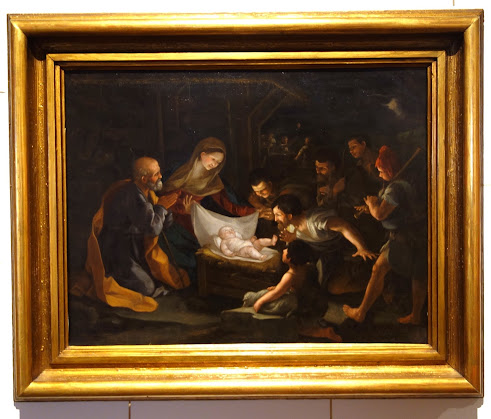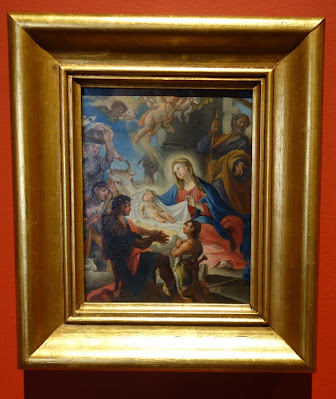For all intents and purposes, Mexico's Christmas season ends with the Day of the Magi Kings (Epiphany) on January 6th. However, the season technically ends with the Feast of Candelaria (Candlemas) on February 2nd. So, it was no surprise that the Museum of San Carlos, Mexico City's museum of European art, is running a special exhibit entitled "Nativity" up until that date. The show presents a number of paintings from the 16th and 17th centuries that depict the events of the Nativity.
Last week I paid another visit to the museum which is housed in an 18th century colonial palace, with a distinctive circular courtyard.
The Bible presents a very sketchy description of the birth of Jesus, so much was left to the painters' imaginations when they depicted those events, although there were certain norms that they were expected to follow.
Most of the pictures in the exhibit are done by anonymous artists.











No comments:
Post a Comment